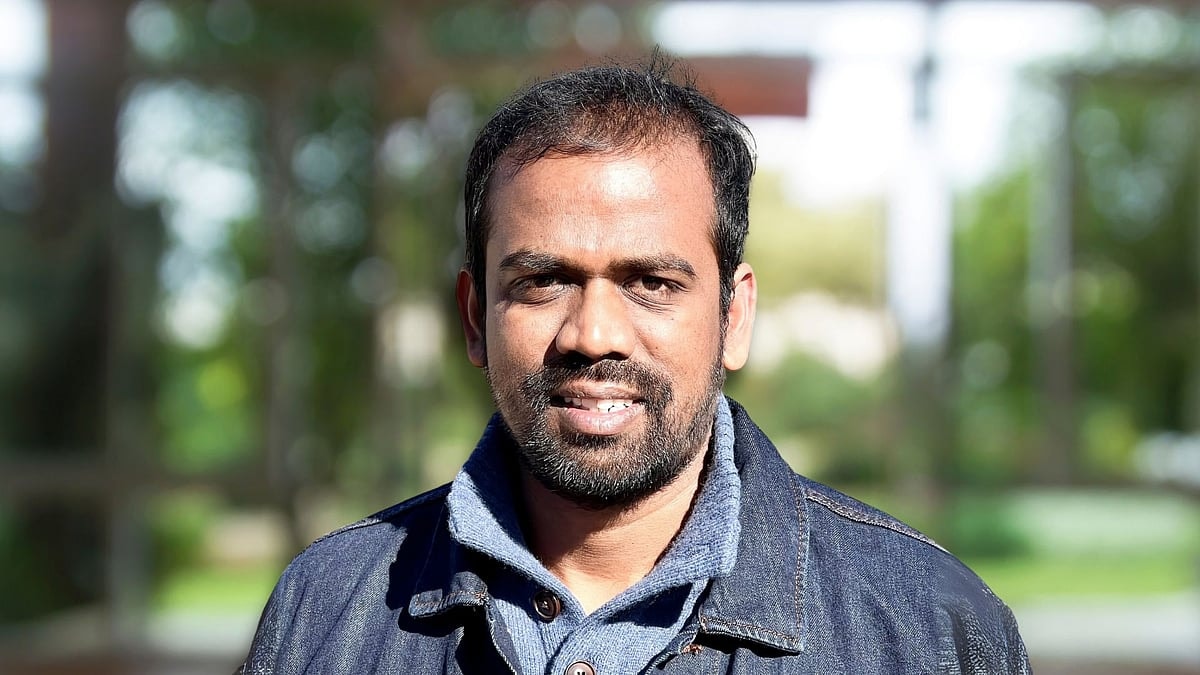Opinion & Analysis
Bridging Data and Decisions — How and Why Design Thinking Makes Data Science More Effective
Written by: Raj Mahalingam
Updated 5:00 PM UTC, Mon February 17, 2025

Data scientists are taking on a central role in shaping decisions across industries, tasked with solving complex challenges and unlocking the potential of massive datasets. However, much like crude oil, raw data has no inherent value until it is refined into actionable insights. Design thinking, a methodology rooted in empathy, creativity, and iterative problem-solving, offers a structured approach to transforming data into impactful solutions that resonate with stakeholders and meet real-world needs.
For data scientists, design thinking serves as a critical tool to bridge the gap between technical prowess and human-centered outcomes. It fosters collaboration, aligns technological efforts with user needs, and ensures that data-driven solutions are practical, usable, and widely adopted.
What is design thinking?
Design thinking is a structured five-step approach to solving problems, emphasizing the human experience. The steps are:
-
Empathize: Understand the frustrations, challenges, and aspirations of users, whether they are business leaders, operators, or customers.
-
Define: Clearly articulate the problem, ensuring it reflects the insights gathered during the Empathize stage.
-
Ideate: Brainstorm creative solutions, often involving input from cross-functional teams.
-
Prototype: Develop testable versions of solutions, allowing for early feedback and adjustments.
-
Test: Refine and iterate until the solution meets user needs effectively.
What sets design thinking apart is its emphasis on human-centered design. Instead of starting with data science tools or models, it begins by asking, “What problem are we solving, and for whom?” This focus ensures that solutions are both technically robust and practically relevant.
Why data scientists need design thinking
Data science is often seen as a purely technical discipline, but its ultimate value lies in the impact it delivers to people and businesses. Design thinking helps data scientists align their technical skills with the broader needs of end-users and organizations.
-
Avoid overengineering: Data scientists often face the temptation to create overly complex models for straightforward problems. By starting with empathy and user needs, design thinking ensures that solutions are appropriate and efficient.
-
Enhance collaboration: Data science projects typically involve multiple stakeholders, including business leaders, analysts, and end-users. Design thinking fosters collaboration across these groups, aligning goals and expectations.
-
Increase adoption: Many data science initiatives fail not because they lack technical rigor but because they are misaligned with the needs or workflows of end-users. Design thinking prioritizes usability, ensuring solutions are not only functional but also adopted effectively.
Examples of sub-optimal results without design thinking
1. COVID-19 data dashboards
Issue: During the COVID pandemic, many governments and organizations launched data dashboards to track cases, hospitalizations, and vaccinations. However, many of these dashboards were difficult for the general public to interpret.
Result:
-
Misinformation spread as people misinterpreted data.
-
Confusion about case trends and vaccine effectiveness undermined public trust.
How design thinking could have helped:
-
Empathy: Many dashboards were designed with epidemiologists and data scientists in mind, rather than the general public.
-
Simplicity: Some dashboards included too much data at once, leading to information overload.
-
User-centered visualization: A user-centered approach would have focused on clear, simple data visualization with key takeaways rather than raw statistics, improving public understanding and decision-making.
2. Supply-chain forecasting failures during COVID-19
Issue: Many retailers and manufacturers relied on traditional forecasting models to predict demand and inventory needs. These models, which were not built to handle extreme disruptions, failed to account for shifts in consumer behavior and supply-chain constraints.
Result:
-
Medical supplies and essential goods faced severe shortages.
-
Some companies over-ordered inventory, leading to supply-chain bottlenecks.
-
Businesses struggled to respond in real time to shifting market demands.
How design thinking could have helped:
A collaborative and iterative approach — engaging diverse stakeholders, rapidly testing solutions, and emphasizing real-time data adjustments — could have helped companies develop more adaptable forecasting models that responded to sudden market changes.
Making data products more effective
For data scientists, tools like dashboards, predictive models, and simulations are only as useful as their relevance to users. Design thinking ensures that these products are tailored to real-world challenges:
-
Empathy for users: Before developing a data product, understand the unique challenges of its users. For instance, while a logistics manager may need insights into inventory bottlenecks, a marketing leader might prioritize customer segmentation.
-
Iterative feedback: Early prototypes of data tools should be tested with stakeholders to refine usability and functionality.
-
Clear visualization: Presenting data in an intuitive, actionable format is critical. For example, using heat maps, trend lines, or scenario simulations can make complex insights more digestible.
The role of analytics translators
A common challenge in data science is the disconnect between technical teams and business leaders. Analytics translators — professionals who align technical capabilities with business needs — are crucial in bridging this gap.
By employing design thinking, analytics translators can:
-
Collaborate with data scientists to ensure that models are practical and address real business problems.
-
Communicate the potential impact of data-driven solutions in terms that resonate with stakeholders.
-
Facilitate feedback loops to refine solutions based on user input.
Building resilience through iteration
Data science projects often operate in environments of uncertainty and rapid change. Design thinking offers a framework to navigate this complexity through iteration and adaptation.
For instance, during the COVID-19 pandemic, supply-chain disruptions revealed the limitations of traditional forecasting models. By employing design thinking, data scientists and analysts collaborated with stakeholders to create innovative solutions, such as dynamic inventory allocation and real-time data visualization, that addressed immediate challenges while remaining adaptable for future disruptions.
Practical benefits for data scientists
Design thinking provides several tangible benefits for data scientists:
-
Aligning goals: The methodology ensures that data projects align with organizational priorities and user needs.
-
Prioritizing impactful projects: Tools like a benefits-versus-effort matrix help identify “quick wins” and avoid overinvestment in low-value solutions.
-
Fail fast, learn fast: Iterative prototyping allows data scientists to test ideas quickly, gather feedback, and refine their models for greater effectiveness.
A strategic imperative for data science
Design thinking is more than a methodology; it is a strategic mindset that enhances the value of data science initiatives. In a field often dominated by technical complexity, it ensures that human needs remain at the center of every solution.
By integrating design thinking, data scientists can:
-
Bridge the gap between data and decision-making.
-
Foster collaboration across diverse teams.
-
Create solutions that are impactful, practical, and widely adopted.
Conclusion
In today’s data science scenario, the ability to translate raw data into actionable, human-centered insights is a competitive advantage. Design thinking provides data scientists with the tools to achieve this transformation.
By emphasizing empathy, usability, and iteration, it enables data-driven solutions that not only solve technical problems but also create meaningful, real-world impact. For data scientists, adopting design thinking is not just a methodology, it’s a necessity in unlocking the true potential of data.
About the author:
Raj Mahalingam is a seasoned supply chain data scientist with over a decade of experience, specializing in leveraging data science and machine learning algorithms to address complex supply chain and data challenges. His expertise spans multiple domains, including procurement, logistics, warehousing, inventory optimization, and supply chain resilience.
Mahalingam worked extensively in the pharmaceutical industry, where he played a pivotal role in navigating supply chain disruptions during the COVID-19 pandemic. He developed innovative solutions for inventory management, demand forecasting, and supply allocation, ensuring critical product availability during unprecedented times.
He holds a Master of Science degree in Business Analytics and Project Management from the University of Connecticut. He currently works at Intel Corporation, where he applies data science and machine learning algorithms to optimize supply chain performance, tackle sourcing risks, and enhance demand forecasting capabilities.





